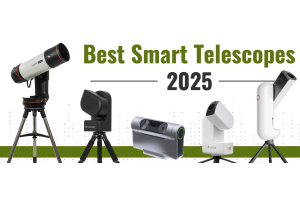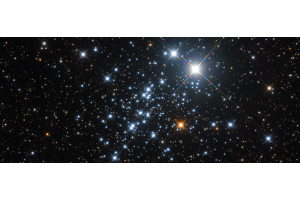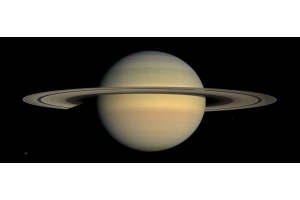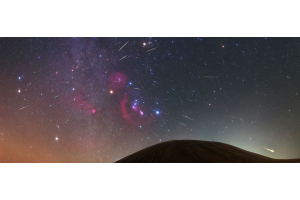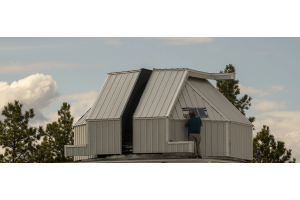Astronomy Hub
- October 08, 2025
If you’re looking for a fun, interactive, and hassle-free astrophotography experience, smart telescopes are the way to go. These all-in-one systems take the complicated nature out of astrophotography by condensing a camera, mount, and telescope into a...
- October 01, 2025
Mars can be found clinging to the west-southwestern horizon this month, and is joined by Mercury from mid-month onwards.
- September 30, 2025
In September 2025, the global scientific community and space fans alike celebrated a series of exciting milestones in space exploration and astronomical discovery.
- September 24, 2025
The Orionids are one of two major showers that occur during the fall, with the other being the Leonids of November.
- September 17, 2025
Observatories are home to some of the biggest and most impressive telescopes in the world. As many amateur astronomers know, there are many ways to experience the night sky beyond looking through a backyard telescope. There is an impressive number of...
- September 10, 2025
The best career advice out there is to find something you’re passionate about and pursue that. A passion for astronomy can lead you to a number of careers, all of which tackle a different aspect of it.
- September 04, 2025
In August 2025, the global scientific community and space fans alike celebrated a series of exciting milestones in space exploration and astronomical discovery.
- September 01, 2025
Mercury is too close to the Sun to be visible, but Mars clings to the west-southwestern horizon and appears near Spica in Virgo from the 4th to the 21st.
- August 29, 2025
Let's take a closer look at the AM3N’s design, upgrades, and most importantly, how it performs under the stars when paired with a modern imaging rig.
- August 27, 2025
If you already know a little about visual astronomy, you've probably been star hopping without even realizing it! We've gathered our top 10 star hopping targets and all the information you'll need to find them.
- August 22, 2025
There is no faster way to degrade your telescope's optics than to pair it with a low- quality bargain-bin eyepiece. Choosing the right eyepieces for your telescope goes beyond just basic magnification. Poorly made telescope accessories and eyepieces can...
- August 18, 2025
Askar has introduced the Askar Color Magic Ultra E-Series filter set, which features two dual-band filters and gives OSC users the creative freedom of a monochrome camera.
- August 15, 2025
Askar has introduced the Askar Color Magic Ultra E-Series filter set, which features two dual-band filters and gives OSC users the creative freedom of a monochrome camera.
- August 14, 2025
Askar has been making waves in the astrophotography world with its premium refractors, and the FRA500 is a perfect example. This no-fuss quintuplet refractor is designed with the dedicated astrophotographer in mind.
- August 13, 2025
YouTube has become a great source of educational materials, particularly for younger audiences. Math, science, history, and so many other subjects are explained in kid-friendly ways by experienced educators, making knowledge available to more and more...


